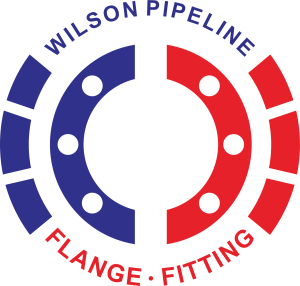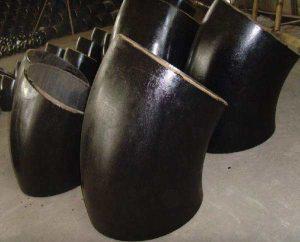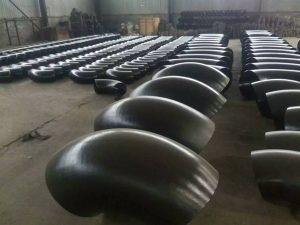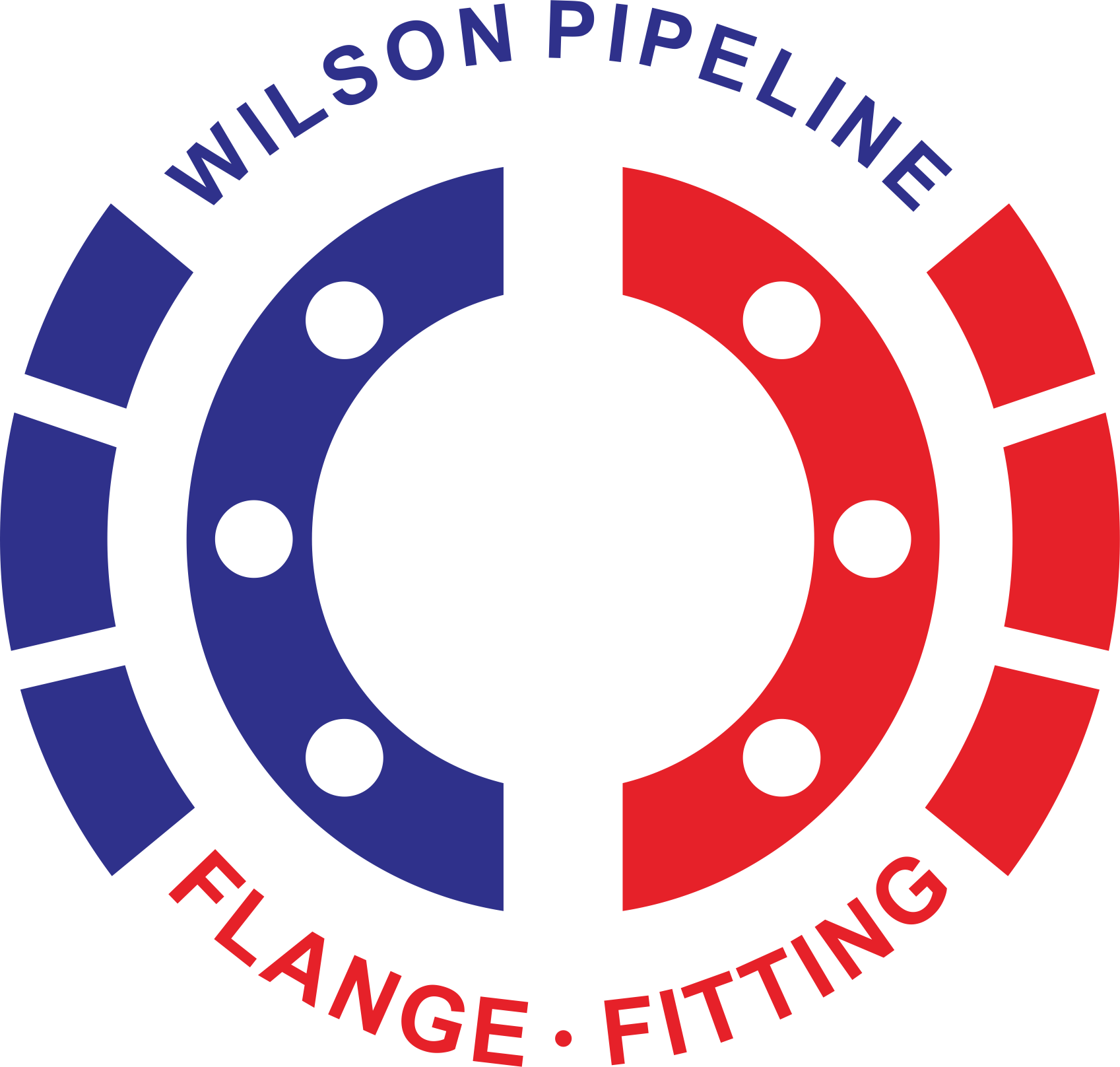
Understanding WPL6 Material in Pipeline Systems: Properties, Applications, and Benefits
What is WPL6 Material?
WPL6 is a low-temperature carbon steel grade commonly used in pipeline systems, particularly in industries such as oil and gas, petrochemical, and power generation. It is specified under ASTM A420/A420M, which covers piping fittings of wrought carbon steel and alloy steel for low-temperature service.
Properties of WPL6 Material:
- Low Temperature Resistance: One of the primary characteristics of WPL6 material is its ability to withstand low temperatures, making it suitable for applications in cryogenic environments.
- High Strength: Despite its low-temperature properties, WPL6 maintains high strength and toughness, ensuring structural integrity under challenging conditions.
- Corrosion Resistance: WPL6 exhibits good resistance to corrosion, which is crucial for pipeline systems operating in corrosive environments such as those encountered in the oil and gas industry.
- Weldability: WPL6 is readily weldable, allowing for ease of fabrication and installation in pipeline construction projects.
- WPL6 is a type of low-temperature carbon steel used for piping fittings, particularly in applications where low-temperature service is required. Its chemical composition and mechanical properties are specified by ASTM A420/A420M Standard Specification for Piping Fittings of Wrought Carbon Steel and Alloy Steel for Low-Temperature Service. Here’s an overview of the typical chemical composition and mechanical properties of WPL6:
Chemical Composition of WPL6 (ASTM A420/A420M):
Element Composition Range (%) Carbon (C) 0.30 max Manganese (Mn) 0.60-1.35 Phosphorus (P) 0.035 max Sulfur (S) 0.035 max Silicon (Si) 0.15-0.40 Note: The above composition values are typical ranges and may vary slightly depending on the specific manufacturer and product specifications.
Mechanical Properties of WPL6 (ASTM A420/A420M):
- Tensile Strength: 415-585 MPa (60-85 ksi)
- Yield Strength: 240 MPa (35 ksi) minimum
- Elongation: 22% minimum
- Reduction of Area: 30% minimum

Note: The mechanical properties provided above are based on standard testing procedures and may vary slightly depending on factors such as heat treatment and testing conditions.
Additional Information:
- Impact Testing: ASTM A420/A420M requires impact testing of WPL6 material at the specified low temperatures to ensure its suitability for low-temperature service. The standard specifies minimum impact energy values for different test temperatures.
- Weldability: WPL6 material is readily weldable using common welding methods such as SMAW (Shielded Metal Arc Welding), GTAW (Gas Tungsten Arc Welding), and GMAW (Gas Metal Arc Welding). Preheating and post-weld heat treatment may be necessary to minimize the risk of hydrogen-induced cracking and ensure proper weld integrity.
- Applications: WPL6 fittings are commonly used in pipeline systems and other piping applications where low-temperature service conditions are encountered. These fittings include elbows, tees, reducers, caps, and other components essential for fluid transportation and containment in industries such as oil and gas, petrochemicals, and power generation.
In summary, WPL6 is a low-temperature carbon steel material known for its excellent combination of mechanical properties and weldability, making it suitable for use in piping fittings subjected to low-temperature service conditions. Its chemical composition and mechanical properties are standardized by ASTM A420/A420M, ensuring consistency and reliability in performance across various applications.

Applications of WPL6 Material in Pipeline Systems: WPL6 material finds widespread application in various components of pipeline systems, including:
- Piping Fittings: WPL6 fittings are commonly used for connecting and redirecting pipelines, providing the necessary flexibility and integrity in fluid transportation networks.
- Valves: Valves made from WPL6 material are employed to control the flow of fluids within pipelines, ensuring efficient operation and safety.
- Flanges: WPL6 flanges are utilized for joining sections of piping systems, providing leak-tight connections and facilitating maintenance activities.
- Headers and Manifolds: WPL6 headers and manifolds serve as distribution points within pipeline networks, enabling the routing of fluids to various destinations.
Benefits of WPL6 Material in Pipeline Systems:
- Reliability: WPL6 material offers reliability in performance, with its robust properties ensuring the integrity of pipeline systems even in harsh operating conditions.
- Safety: The low-temperature resistance of WPL6 reduces the risk of brittle fracture, enhancing safety in cryogenic applications where conventional materials may fail.
- Cost-Effectiveness: Despite its desirable properties, WPL6 material remains cost-effective compared to alternative materials, making it a preferred choice for pipeline construction projects.
- Compliance: WPL6 material complies with relevant industry standards and specifications, providing assurance of quality and conformance to regulatory requirements.
Conclusion: WPL6 material plays a crucial role in the success and reliability of pipeline systems, offering a combination of low-temperature resistance, strength, corrosion resistance, and weldability. Its widespread application in various pipeline components underscores its importance in industries such as oil and gas, petrochemicals, and power generation. By understanding the properties, applications, and benefits of WPL6 material, pipeline engineers and stakeholders can make informed decisions in material selection, ultimately contributing to the efficiency, safety, and longevity of pipeline infrastructure.
